
The Duoyi River Scenic Area
The Duoyi River is a picturesque river with four major attractions: the beauty of travertine waterfalls, the natural forms and root art of ancient trees along the bank, the culture of the waterwheel, and the customs of the Buyi ethnic people.
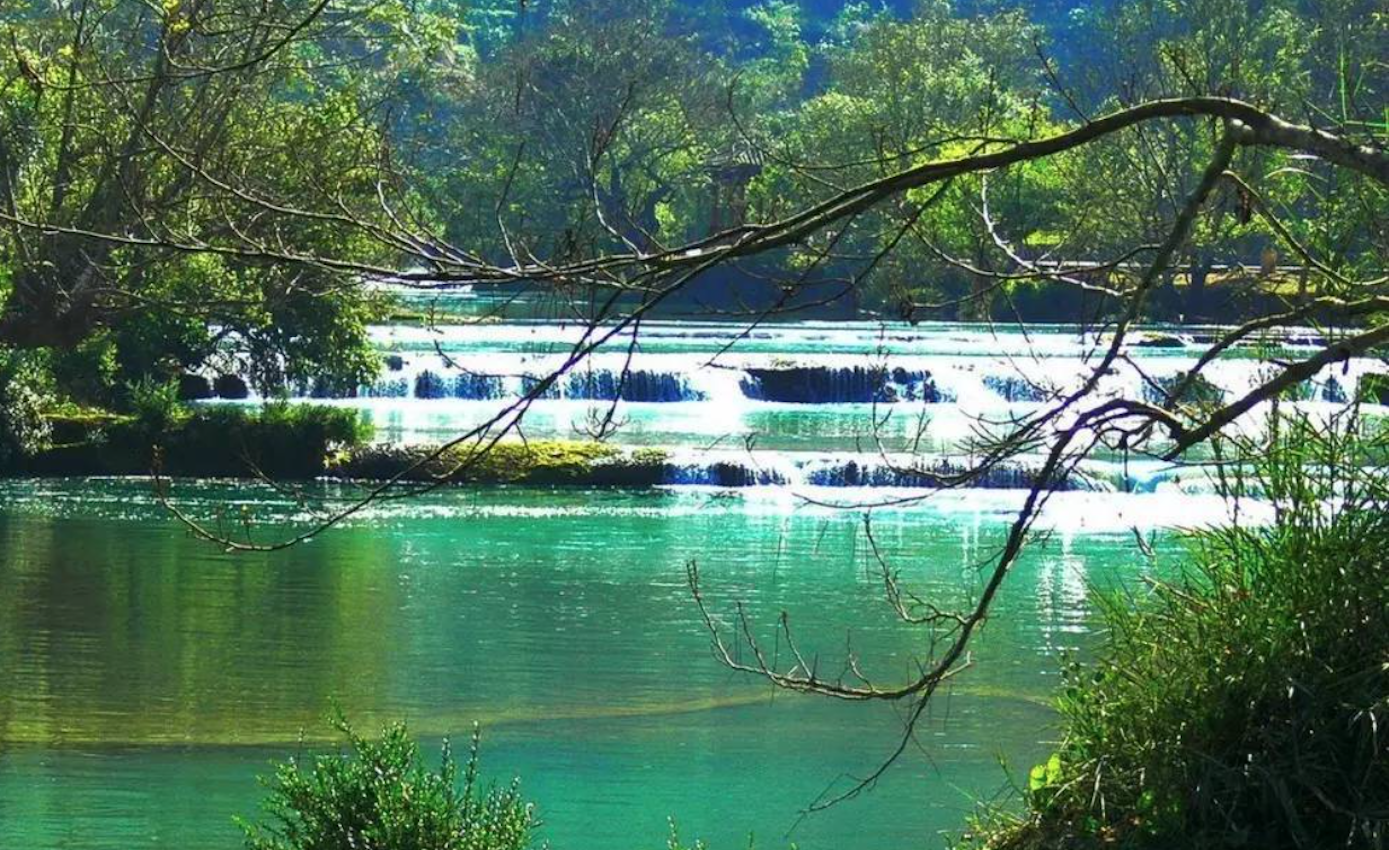
A beautiful story goes that a girl named Duoyi was heartbroken after her lover died in a war and she wept so much that her tears turned3 into a river which Was named after her. The river originated from Shizong County. Together with dozens of springs, the 12-kilometers-long river runs from the central part of the mountain opposite to a Buyi village as a subterranean river. It joins the Huang-ni River and the Nanpan River at the junctions of three provinces (Yunnan, Guizhou, and Guangxi) before emptying into the Pearl River.
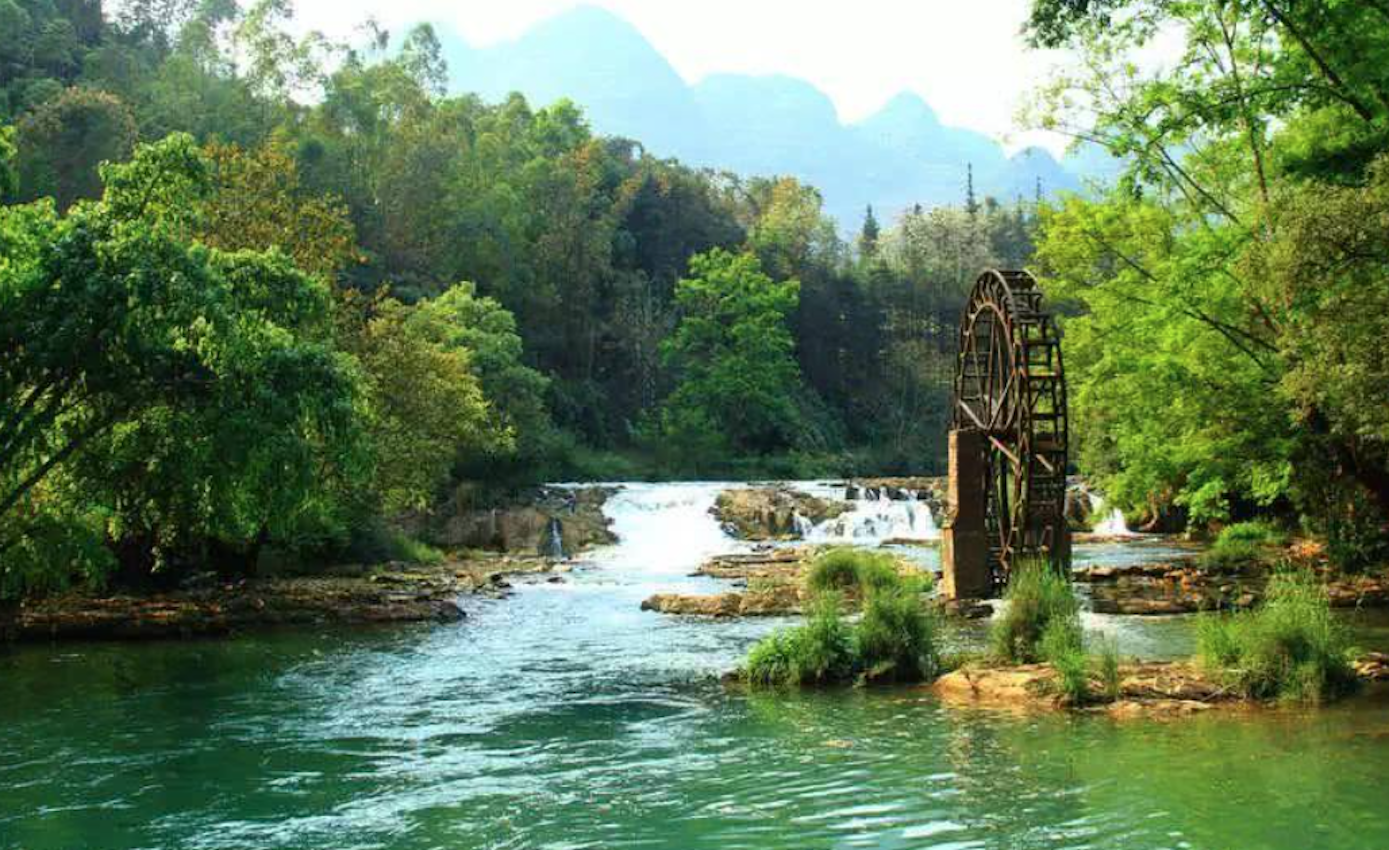
Trees along the river look like works of bonsai, each with its unique features. Trees, either with twisted roots and gnarled branches, or of verdant, tall, and straight types, are in perfect harmony with the river. Rain or shine, trees display their charm and grace against the river. Dawn or dusk, the river presents picturesque sights against trees. Also, they vary from different perspectives. Thus, the river has a good name, “the first natural bonsai corridor in the world ". Waterwheels were invented around 180 B.C. by Bigang in the Eastern Han Dynasty. It was not until the Three Kingdoms that waterwheel, made by Majun, were used for irrigation. Later they were gradually used to mill flour, saw logs, pound rice, and grind grains.
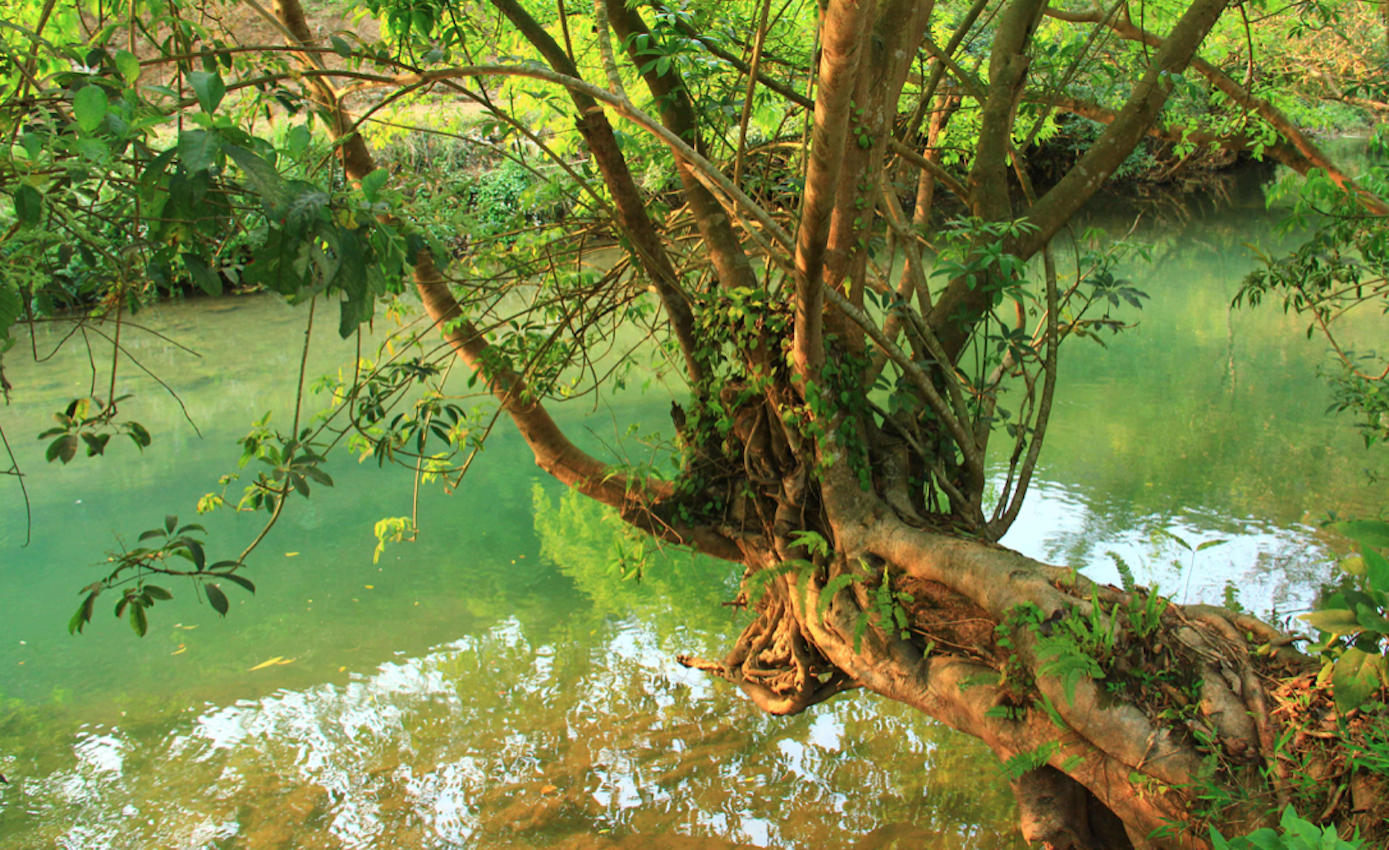
Waterwheel appeared in Greek culture in 100 B.C. Overshot wheels and undershot wheels of the Romans were popular then. They were first used in grinding rice and olives, later in cutting and polishing marble, bellows, and forging in ironworks, grinding sandstones, boring holes, drawing wire, weaving cloth, and making paper. Rice growing is part and parcel of the Buyi. Hence, the waterwheel is an essential tool in their life. At display in the hall of waterwheel, functions are wheels for sawing logs, wheels for milling flour, water-powered trip-hammers for husking rice, and water-powered rollers. Here are also models of the overseas waterwheel.
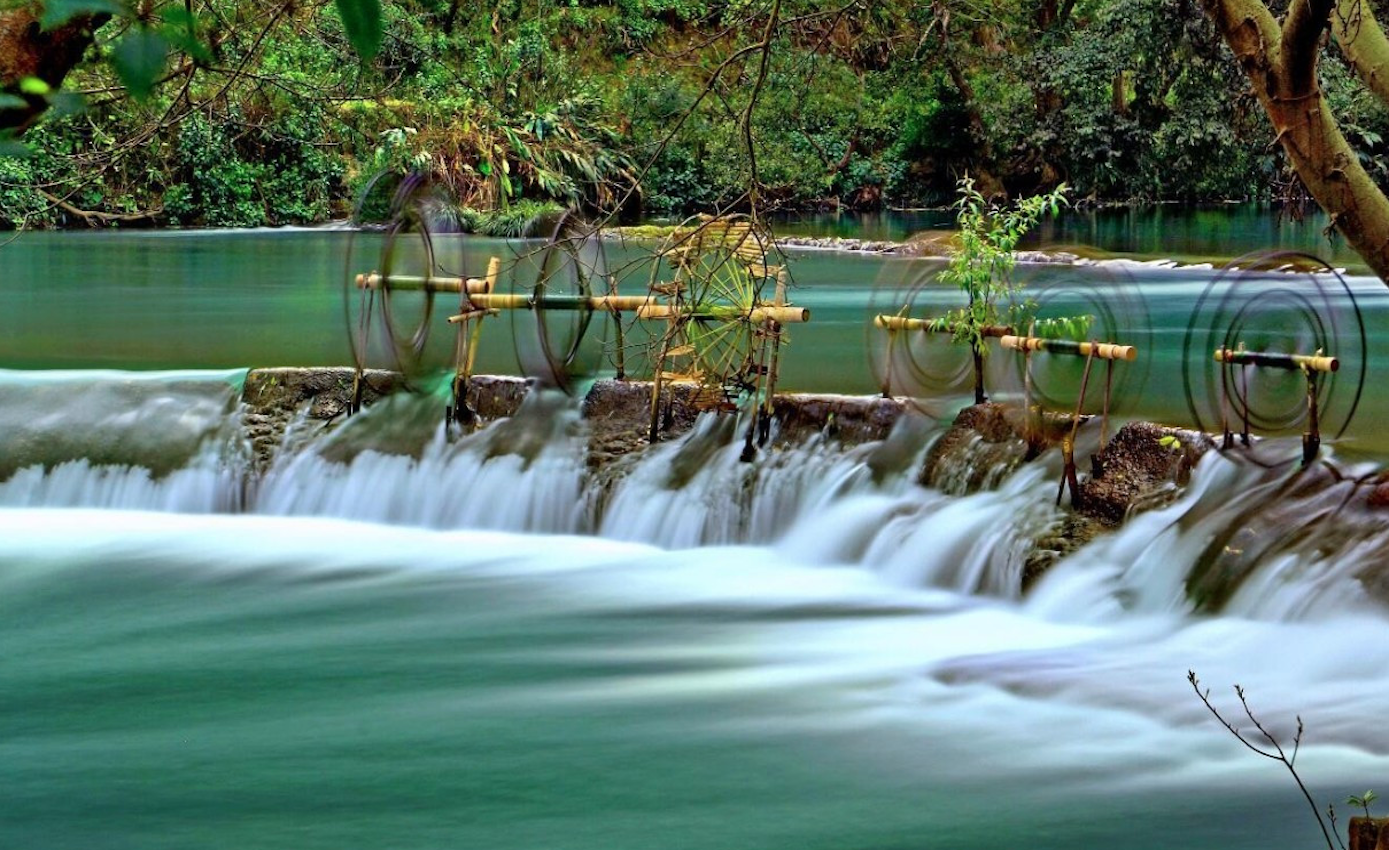
After that, tourists will see the Thunder Waterfall via a bamboo raft. The Thunder Waterfall, right in the corner of the river course, consists of three individual waterfalls ranging from 3 to 9 meters in height and 40 to 80 meters in width. The highest waterfall in the river is 80 meters wide with a drop of 9 meters, adding splendor to the river. Tourists can enjoy natural beauty, idyllic tranquility, and a variety of customs of the ethnic group along the river.
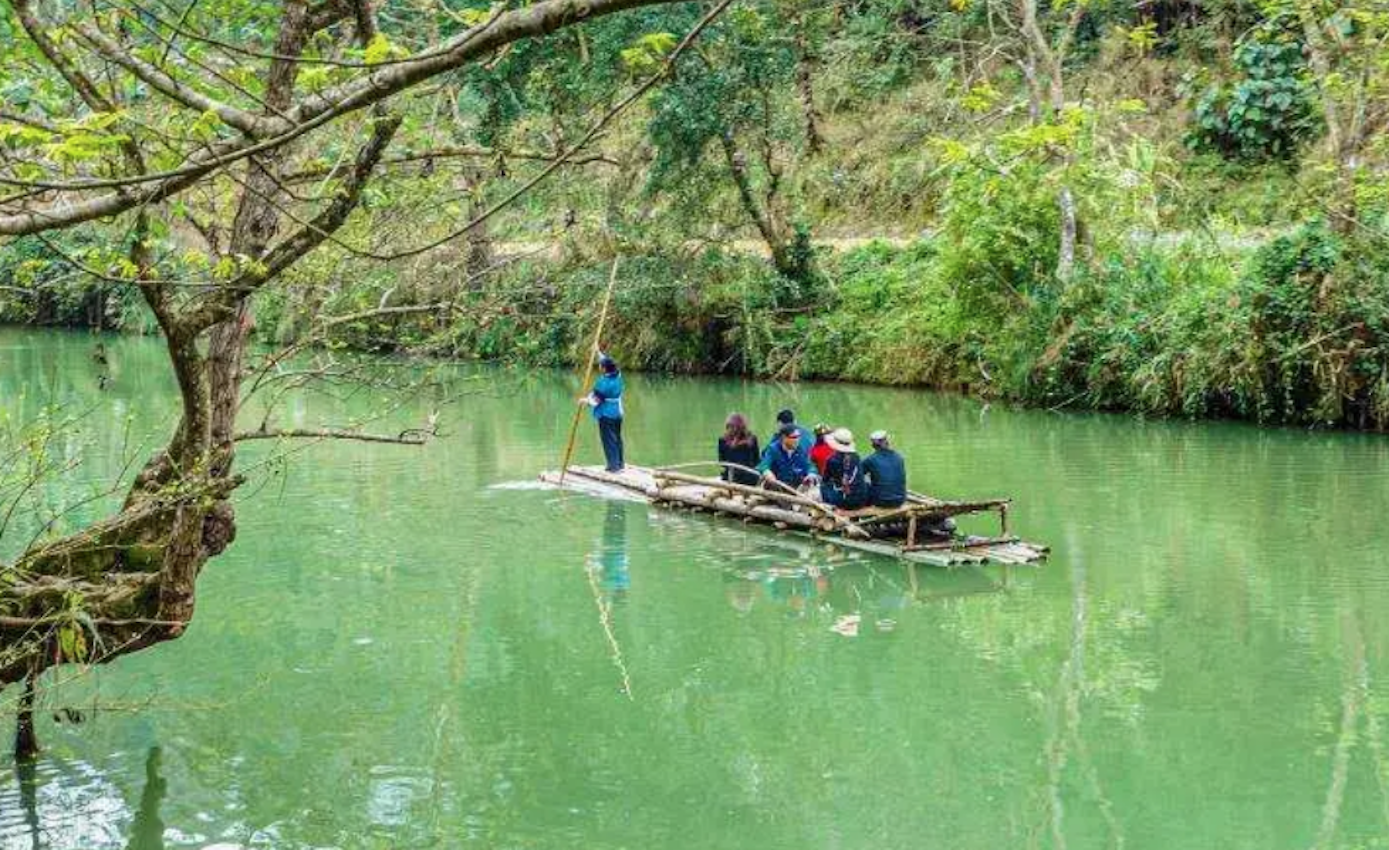
Photo Resource: Internet
If there's any copyright issue involved, please contact us to delete.



